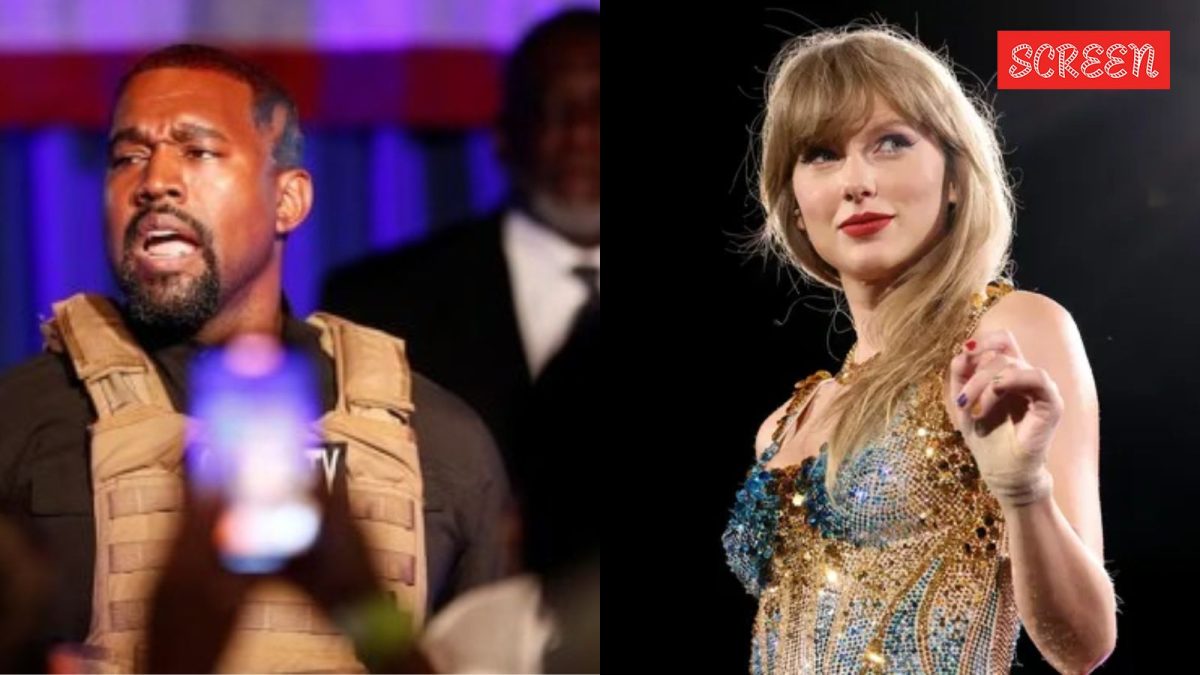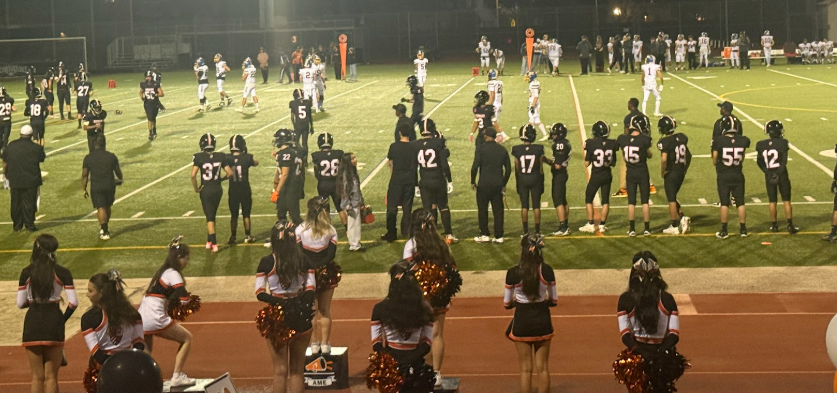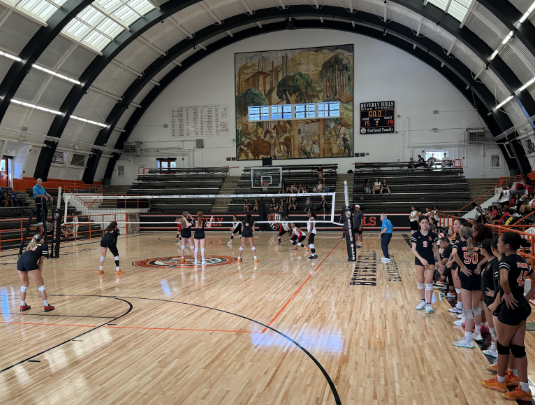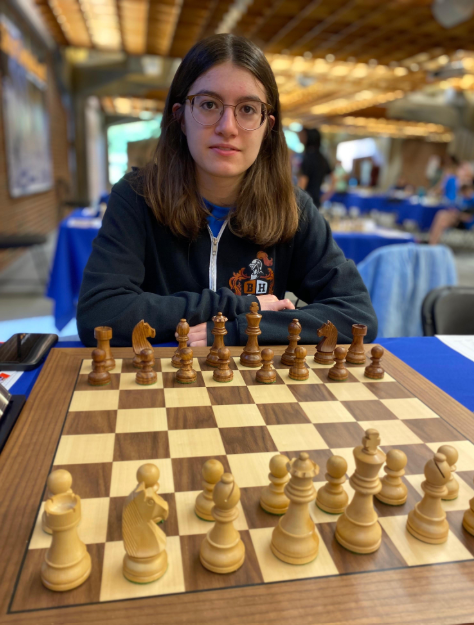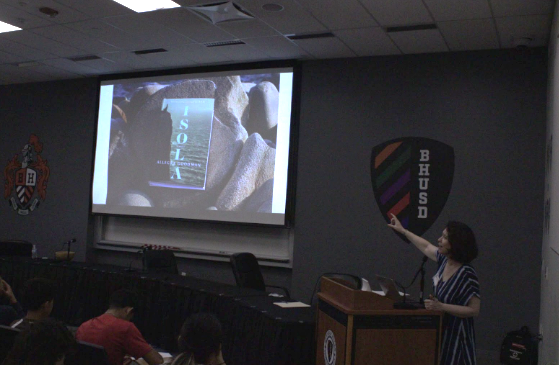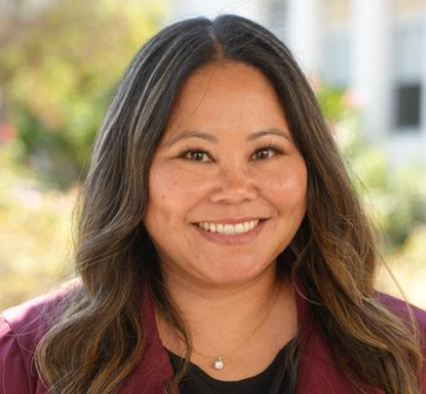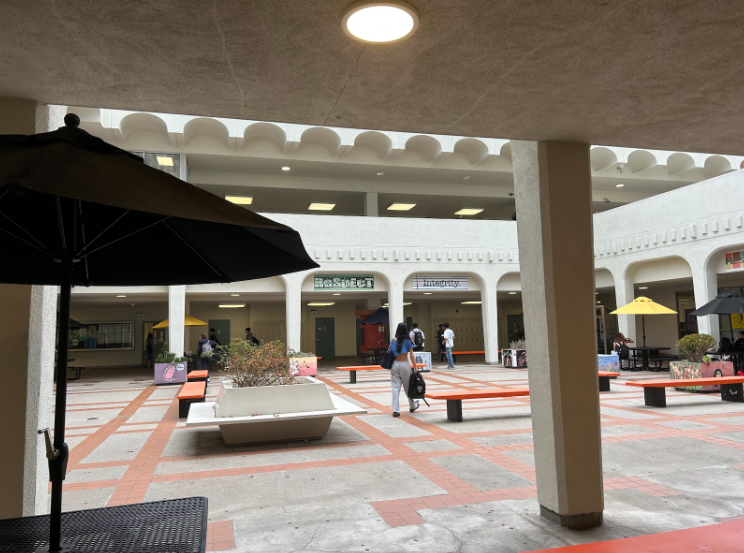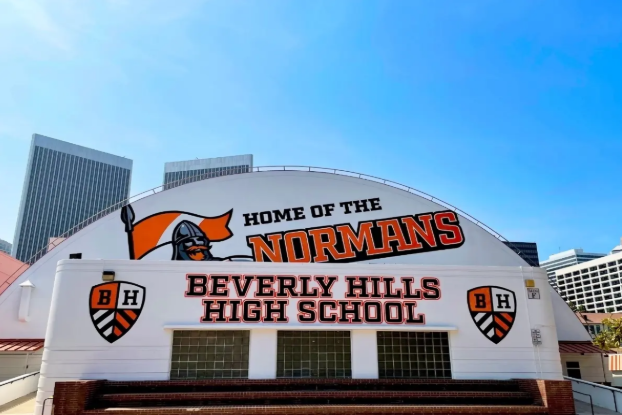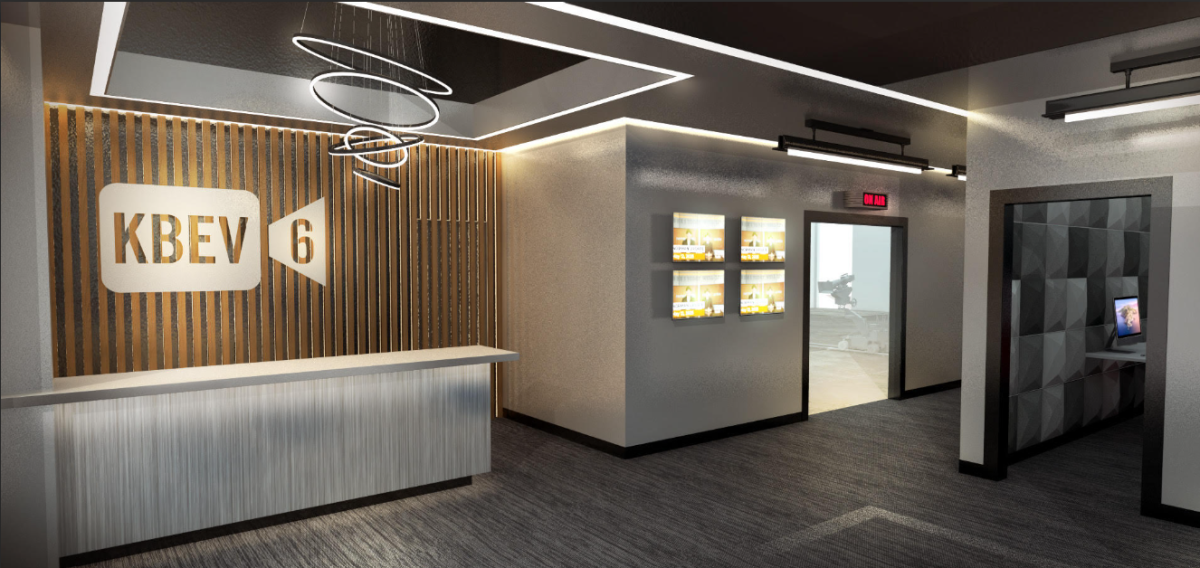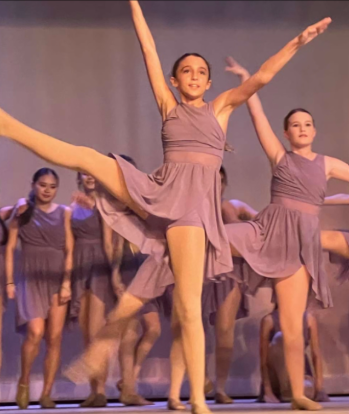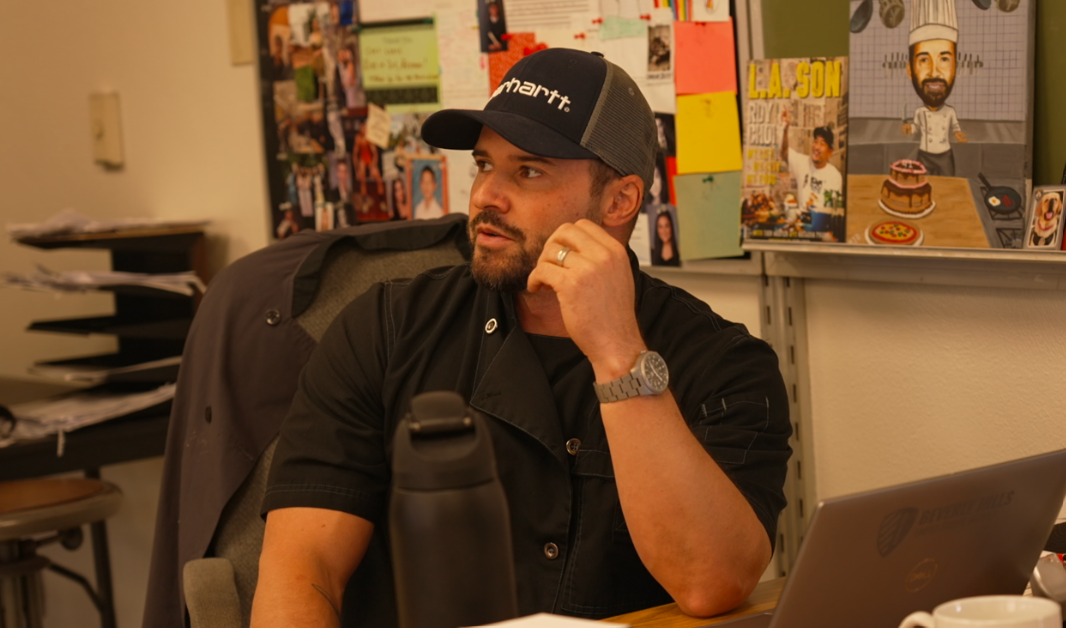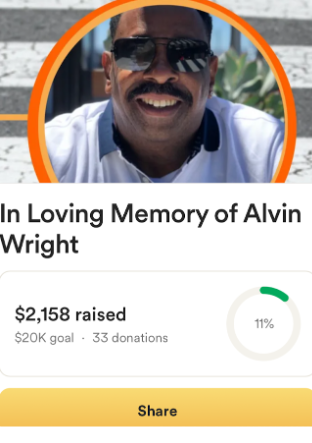Ava Seccuro staff writer
The Fab Five are back on Netflix’s “Queer Eye.” The classic, tear-jerking makeover show continues to revamp the diets, beauty routines and mindsets of lost souls, now focusing even more on the sheer diversity of the subjects on the show. The show sends the message that insecure straight men aren’t the only ones who need the group’s help.
The constituents of the Fab Five: Jonathan Van Ness, Antoni Porowski, Karamo Brown, Bobby Berk and Tan France, released the third season of “Queer Eye” on March 15. What sets this season apart from the others is the fact that the Fab Five depicts a wider variety of people, specifically women. Over the course of the show, viewers will see eight subjects from Kansas City, Missouri, virtually reconstructed in regards their diets, businesses, family lives, self image and emotional state in ways that tug at the audience’s heart strings and give the Fab Five a sense of pride.
“Queer Eye” is the type of show that will retain the audience’s attention no matter what. There is honestly never a dull moment in this show. The subjects are always growing and changing which not only keeps it interesting, but shines a “light at the end of the tunnel.”
Despite more and more people being increasingly more accepting and tolerant, LGBTQ representation is still rare and quite refreshing. Although the Fab Five exudes an energy that can be received as “stereotypically” gay, and that may not acknowledge that other members of the LGBTQ community don’t conform to those standards, the valuable representation “Queer Eye” resonates with everyone in the LGBTQ community and brings the community closer together through relatable entertainment. To see five flamboyantly gay men given the opportunity to represent the LGBTQ community in rural, stereotypically conservative places like Kansas City, Missouri, not only makes for a heartwarming resolution, but also sets a precedent for more “social experiments” of this type. That being said, “Queer Eye,” unlike most makeover shows, focuses on the internal insecurities of the subject rather than slapping some makeup on them and moving on, as some other makeover shows do.
The setting of “Queer Eye,” a region otherwise dubbed “redneck” by those who have yet to shed their preconceived notions of the south, is one of the most important parts of this season. The opening scene of the first episode depicts the subject, a woman clad in camouflage, with a thick southern accent and a staunch commitment to hunting. For most people, or most close-minded people, the subject would represent and reflect the negative connotations associated with some of the values of unwavering conservatives, such as “hating gays.” But when you watch for even five more seconds, the subject embraces the Fab Five with immense enthusiasm, an illuminating smile and open arms. The audience comes to discover that not all people from the Bible Belt are like the homophobic, intolerant, conservative politicians portrayed in the media. This teaches the family and friends of the subject and the viewers to forget about the preconceived notions and stereotypes they hold for others.
The variety of subject in season three helps facilitate tolerance and open-mindedness. Among the eight subject chosen, this season’s lineup includes: a couple soon to be married, multiple women–including a pair of sisters and an LGBTQ woman–and a divorced camp counselor who struggles to maintain a relationship with his son. Each and every one of these cases has a specific story that, by the end of the episode, passes on a uniquely valuable set of morals to the viewer.
Especially this season, the Fab Five has gone more into the story of the subject, rather than the glitz and glamour of beauty and food that the previous seasons of “Queer Eye” tended to focus a little bit more on. Now, each episode has designated sequences that show the Fab Five getting to the bottom of why the subject feels insecure, unworthy, etc, and how it manifests in their self care rituals, diet, living spaces and relationships. The intricacies of these stories and the vulnerability of the subjects make the viewers feel more connected to them, which is the most important outcome of this show. In a world where empathy is often lacking, “Queer Eye” guides its viewers on a crusade to consider the struggles of others, shed any prior judgements of people on the basis of outward appearances and to adopt an overall attitude of compassion.
Highlights would rate “Queer Eye” a 9/10.
Categories:
“Queer Eye” shatters stereotypes
April 23, 2019
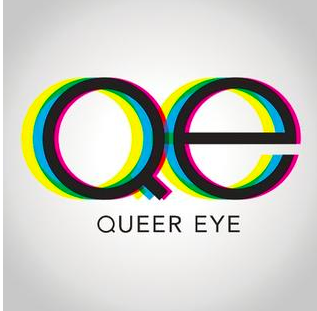
0
Donate to Highlights
$125
$1000
Contributed
Our Goal
Your donation will support the student journalists of Beverly Hills High School. Your contribution will allow us to purchase equipment and cover our annual website hosting costs.
More to Discover





